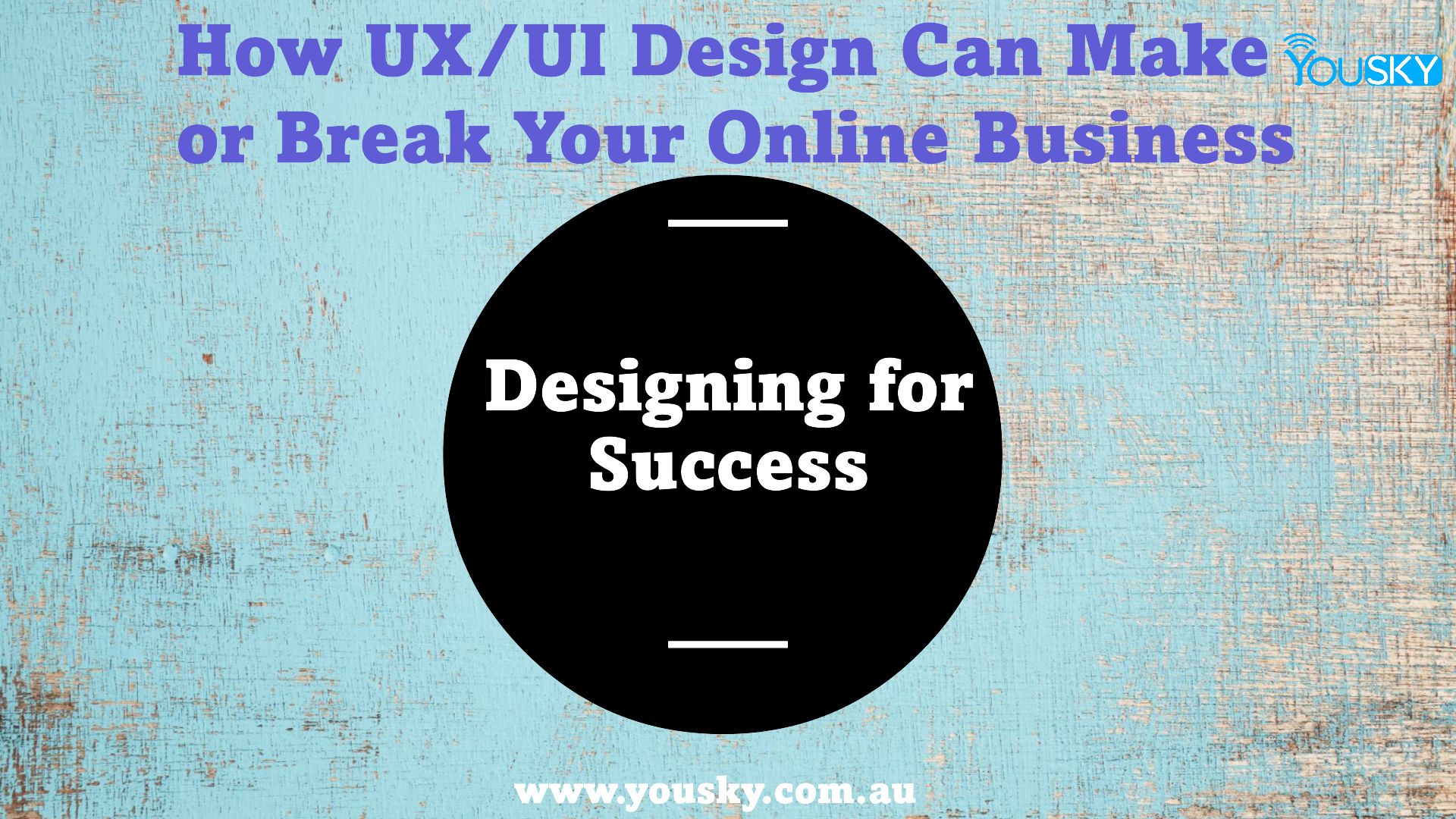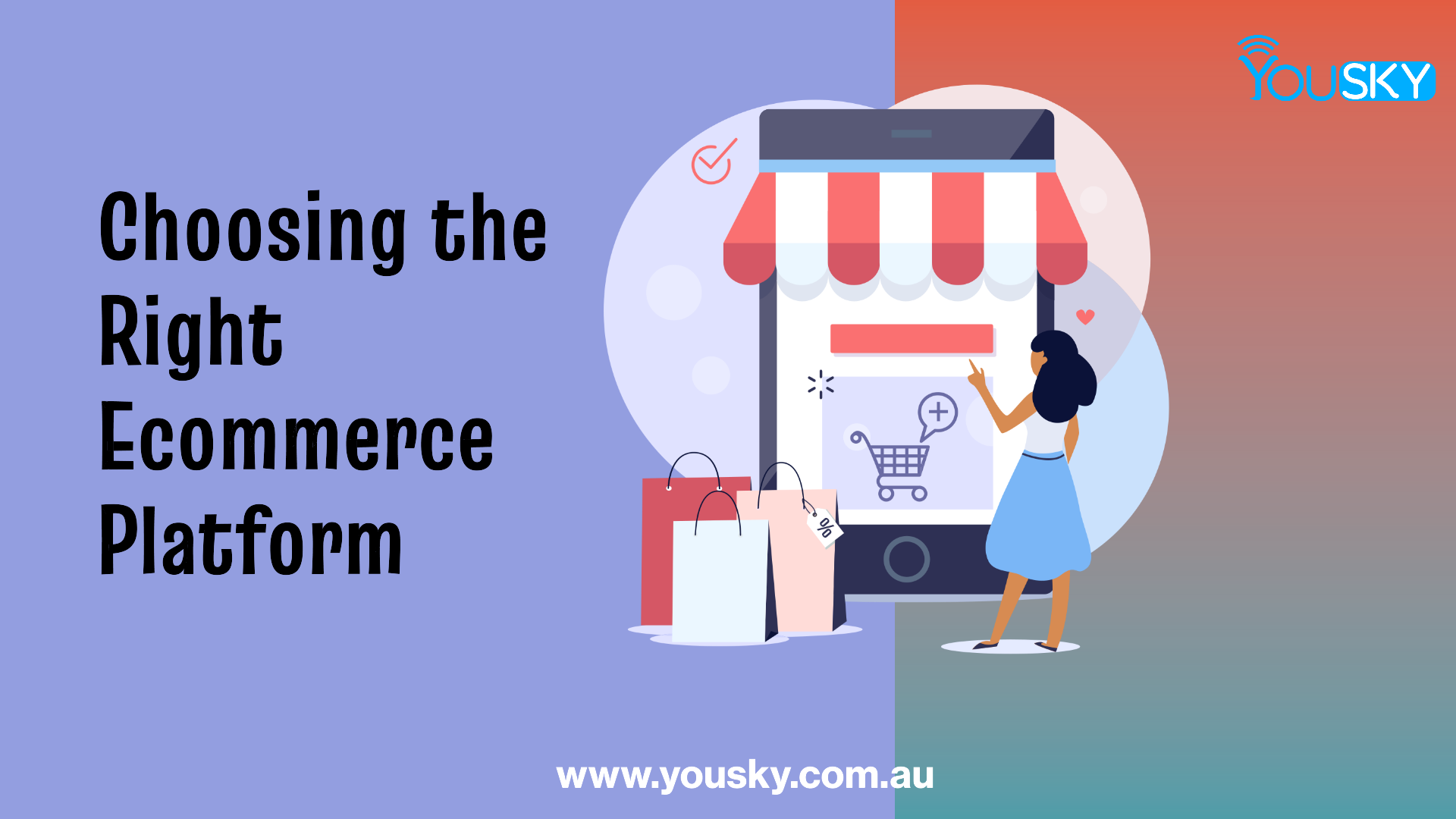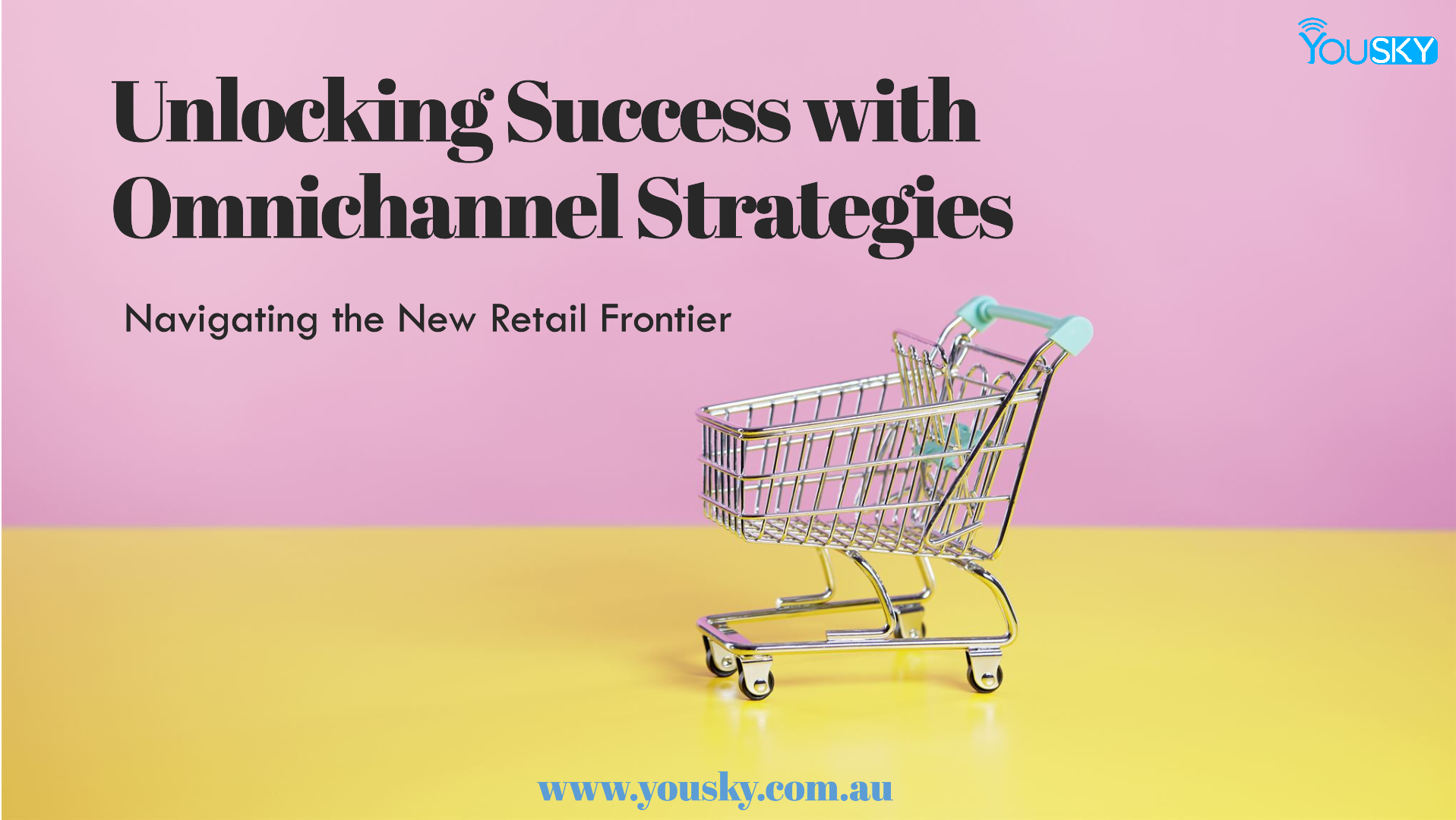
In today’s digital age, the online presence of a business is as crucial as its physical presence, if not more. A website or app serves as the first point of contact between a business and its customers, making the design and user experience (UX) critical components of its success. User Experience (UX) and User Interface (UI) design are not just about aesthetics but play a pivotal role in user satisfaction, conversion rates, and overall business success. This article explores how UX/UI design can make or break your online business and why investing in high-quality design is essential.
The Importance of First Impressions
The adage “first impressions last” holds particularly true in the digital realm. Research shows that it takes only 50 milliseconds for users to form an opinion about a website. This split-second judgment is primarily based on the design and usability of the site. A well-designed interface with intuitive navigation, appealing visuals, and fast load times can create a positive impression, encouraging users to stay and explore further. Conversely, a cluttered, confusing, or slow website can drive potential customers away almost instantly.
Key Elements of Effective UX/UI Design
- Visual Appeal and Branding: The visual elements of a website or app, including colors, typography, images, and layout, should align with the brand identity. Consistency in branding helps in building trust and recognition. A visually appealing design captures attention and keeps users engaged.
- Intuitive Navigation: Ease of navigation is critical for a positive user experience. Users should be able to find what they are looking for without effort. Clear menus, logical flow, and accessible search functions contribute to a seamless user journey.
- Mobile Responsiveness: With a significant portion of web traffic coming from mobile devices, ensuring that your site is mobile-friendly is no longer optional. Responsive design adapts to different screen sizes, providing a consistent experience across devices.
- Load Time: Speed is a crucial factor in user satisfaction. Studies show that a delay of even one second in page load time can lead to a 7% reduction in conversions. Optimizing images, leveraging browser caching, and minimizing code can help improve load times.
- Accessibility: An inclusive design that caters to users with disabilities not only broadens your audience but also enhances the overall user experience. Features like text-to-speech, keyboard navigation, and adjustable font sizes make your site accessible to everyone.
- User Feedback and Testing: Regularly gathering user feedback and conducting usability testing can provide insights into how users interact with your site. This data can guide iterative design improvements, ensuring that the UX/UI evolves to meet user needs.
The Impact of Poor UX/UI Design
A poor UX/UI design can have several detrimental effects on an online business. Here are some of the most significant consequences:
- High Bounce Rates: If users find your site difficult to navigate or unappealing, they are likely to leave quickly. A high bounce rate indicates that visitors are not engaging with your content, which can hurt your search engine rankings and overall visibility.
- Low Conversion Rates: Conversion rates are directly tied to how easily users can complete desired actions, such as making a purchase or signing up for a newsletter. Poor UX/UI can create barriers to these actions, reducing conversions and affecting your bottom line.
- Negative Brand Perception: A website or app that is hard to use or visually unappealing can damage your brand’s reputation. Users may perceive your business as unprofessional or out of touch with modern trends.
- Increased Customer Support Costs: Poor design can lead to confusion and frustration, prompting users to contact customer support more frequently. This increases operational costs and can strain your support team.
- Lost Revenue: Ultimately, the combined effect of high bounce rates, low conversions, and negative brand perception is lost revenue. Businesses may miss out on potential sales and long-term customer relationships.
Real-World Examples
- Airbnb: Airbnb’s success can be attributed in part to its user-centric design. The platform is intuitive, visually appealing, and easy to navigate, making it simple for users to find and book accommodations. Continuous UX/UI enhancements based on user feedback have kept Airbnb at the forefront of the travel industry.
- Amazon: Amazon’s UX/UI design focuses on simplicity and efficiency. Features like one-click purchasing, personalized recommendations, and a seamless checkout process enhance user satisfaction and drive high conversion rates. Amazon’s commitment to optimizing the user experience has made it a leader in e-commerce.
- Myspace: Myspace serves as a cautionary tale of how poor UX/UI can lead to downfall. Despite its early popularity, Myspace failed to evolve its design to meet user expectations, leading to a cluttered and confusing interface. This, combined with the rise of more user-friendly platforms like Facebook, led to Myspace’s decline.
The Path to Great UX/UI Design
Creating an effective UX/UI design involves a strategic and user-focused approach. Here are some steps businesses can take to ensure their design supports their goals:
- Understand Your Users: Conduct thorough research to understand your target audience, their needs, preferences, and pain points. User personas and journey maps can help visualize how different users interact with your site.
- Prioritize User-Centered Design: Keep the user at the center of your design process. Focus on creating a seamless and enjoyable experience by prioritizing usability and accessibility.
- Iterative Design and Testing: Adopt an iterative approach to design, where continuous testing and feedback drive improvements. Prototyping and usability testing can identify issues early and inform design decisions.
- Invest in Professional Design: Consider hiring professional UX/UI designers who have the expertise to create a polished and effective interface. Their experience can save time and resources in the long run.
- Leverage Analytics: Use analytics tools to monitor user behavior and identify areas for improvement. Metrics such as bounce rates, session duration, and conversion rates provide valuable insights into how users interact with your site.
Conclusion
In the competitive landscape of online business, UX/UI design can be a decisive factor in determining success or failure. A well-designed interface that prioritizes user experience can lead to higher engagement, increased conversions, and stronger brand loyalty. Conversely, poor design can drive users away, damage your brand reputation, and ultimately result in lost revenue. By understanding the importance of UX/UI design and investing in creating a user-centric digital presence, businesses can enhance their online success and achieve long-term growth.
Yousky specializes in crafting superior UX/UI design solutions that transform your online presence into a seamless, engaging, and intuitive experience for your customers. Our expert team of designers leverages user-centered design principles, advanced analytics, and the latest industry trends to create visually stunning and highly functional websites and apps. By focusing on usability, accessibility, and responsive design, Yousky ensures that your digital interfaces not only captivate users but also drive higher engagement and conversions. Partner with Yousky to elevate your online business, enhance user satisfaction, and secure a competitive edge in the digital marketplace. Contact Yousky team for a free consultation.


